“Facts do not cease to exist because they are ignored.”
― Complete Essays 2, 1926-29
https://meanderingpassage.com//wp-content/uploads/images/2020/05/EBM-20120507151701-1-1200×675.jpg
Color is a large part of a flower or bloom’s presence. Remove color and you become aware of things not noticed before. When the image above was converted to black and white I became very aware the center of the blooms appear to be “blown-out,” white without detail. Pixel peaking the original color photo reveals the center of the flowers contained low contrast detail in similar tones of light yellow and off white. Even with various methods of color manipulation and multiple conversions, I couldn’t satisfactory overcome this blown-out look in b&w. Granted the original image could have been higher quality or made initially as a b&w photo. The “blown-out” situation became worse in post-processing when image details were lessened so the shape of the flower petals seemed more significant. My vision for this image was nature’s fireworks display, explosions in bloom against a dark sky-like background. In reality, it’s less successful than I would’ve wished, but it is what it is, a fact.
Speaking of color, ages ago, I enlisted in USAF. During in-processing, one of the testing stations was a color blindness test. This test consisted of many jumbo cards covered with various sized colored blots, and among these blots was a subtle tested-for color pattern in the shape of a number, 0 to 9. They showed you a card, and you told them the number you recognized on the card. They tested not only for prime colors but for various shades or tones of colors. I watched a couple of guys ahead of me go through the test. I noticed there were two cards in similar blue-green color tones where I couldn’t easily see the hidden number. Young and stupid, I quickly memorized the hidden numbers I’d heard for those two cards by their pattern and aced my color test. My chosen USAF career field wasn’t critical to color recognition and I knew this going in, but it was probably a good thing I wasn’t reassigned to bomb disposal. What color wire did you say cut? BOOM!
So, I have a slight difficulty discerning between certain shades of blues and greens, another fact. Maybe you already knew this from some of my posted images…blue grass and green skies?
https://meanderingpassage.com//wp-content/uploads/images/2020/05/EBM-20130611102914-1200×800.jpg
The second image was more successful. The sun rays became more noticeable after conversion to black and white and both the highlights and the shadows retained plentiful detail and didn’t suffer from the shortcomings of the first image. I did add a little grain to the image and soften it up a bit.
I worked these images as a self-exercise in the process of learning Affinity Photo. I chose to do them in black and white because color can sometimes be a (my) crutch and I wanted to first grasp the basics without the distraction of color.
…
The quote above obviously applies more to the current U.S. political, social, and pandemic situations than it does this post but I’m can’t let myself go there because as they say, “Lettin’ the cat outta the bag is a whole lot easier than puttin’ it back in.” So how about that weather…it’s a rainy week here. I hope you’re having a good week. Be safe, stay well.
Discover more from
Subscribe to get the latest posts sent to your email.


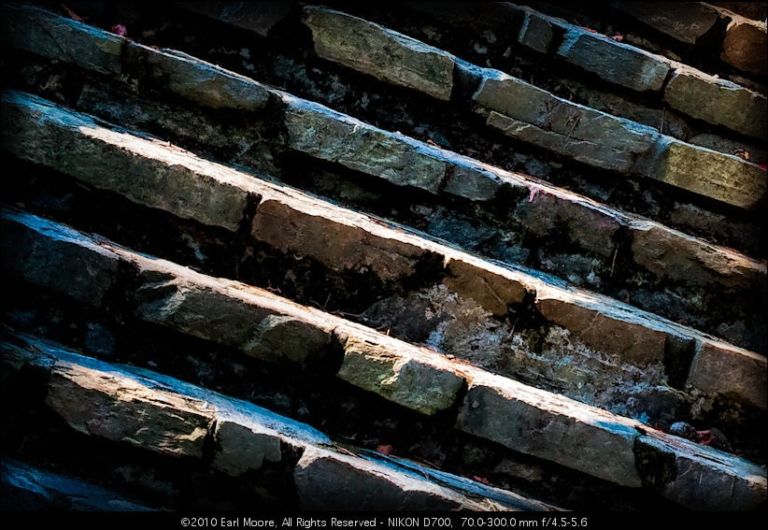
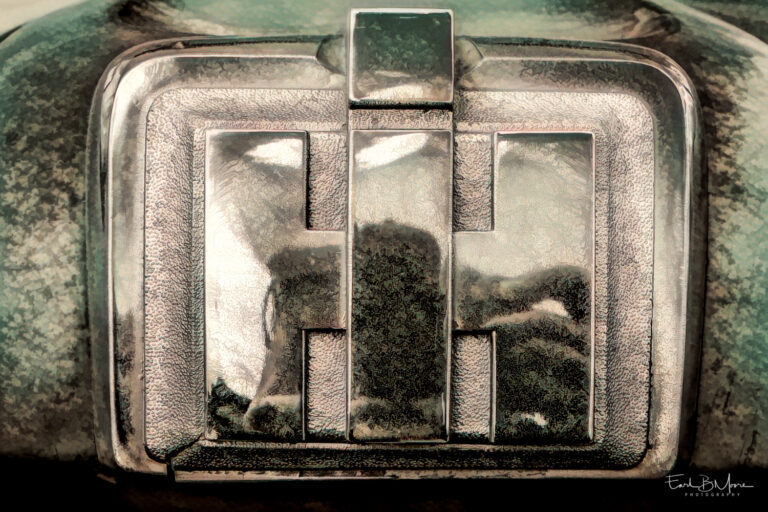
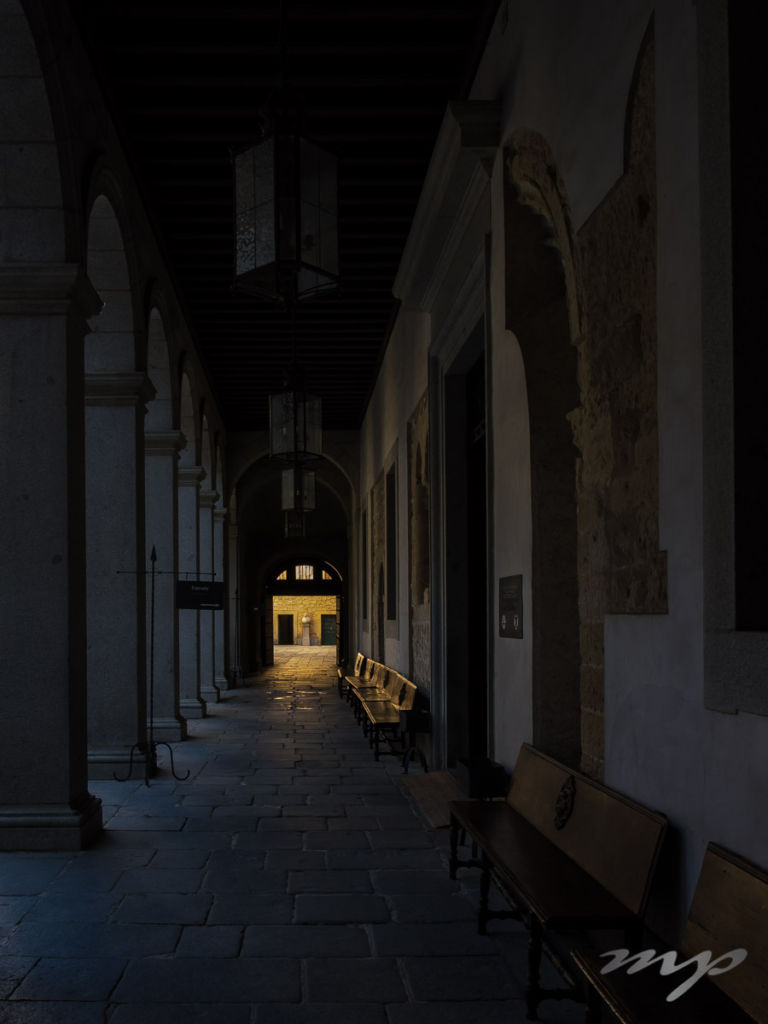
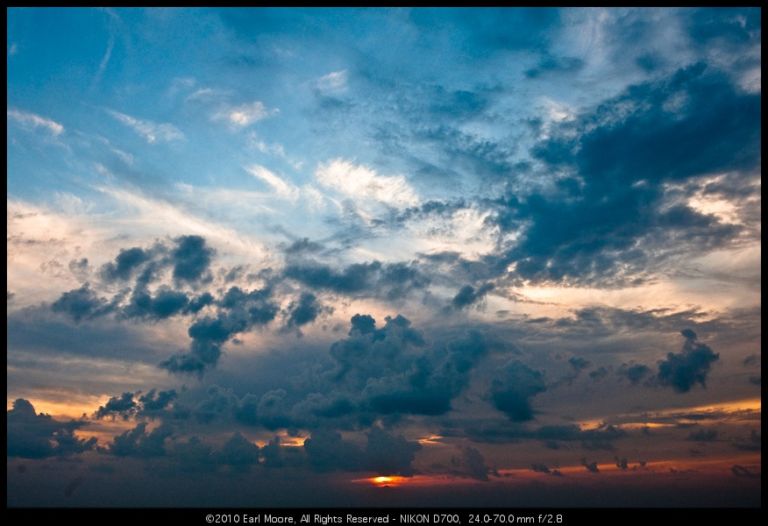
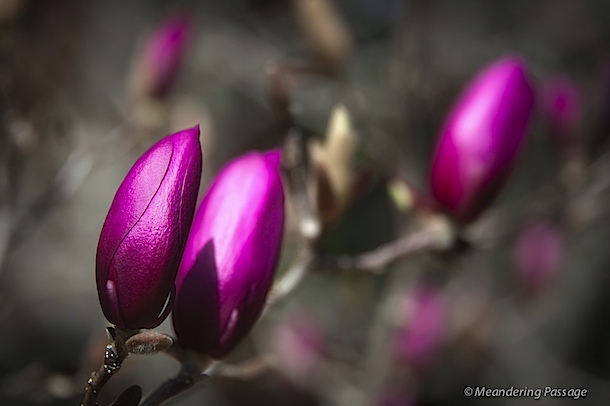

I find that with digital cameras (it may have also been true with film cameras but it’s been too long for me to remember), I prefer to underexpose as it seems to be easier to retrieve details from the shadows than from highlights. In any case, That second image is very attractive. I can easily imagine it in colour having seen this sort of scene before but I think it looks great in black & white. Nice work Earl.
Thanks, Cedric, and I agree. I usually photograph with -1.5 to -3 exposure compensation. Obviously either I didn’t or it wasn’t enough with the first image. I hope you’re having a good weekend! Take care. :-)
I heard early on in my digital photography to not blow out the highlights. I’ve also heard that pulling out detail in the shadows tends to cause a grainy look to images. I find the underexposing is better for me, especially for yellows and reds. For most flower images it is best to underexpose them. Love that second image!!!
Yelp, once lost never found! :-) Thanks, Monte.